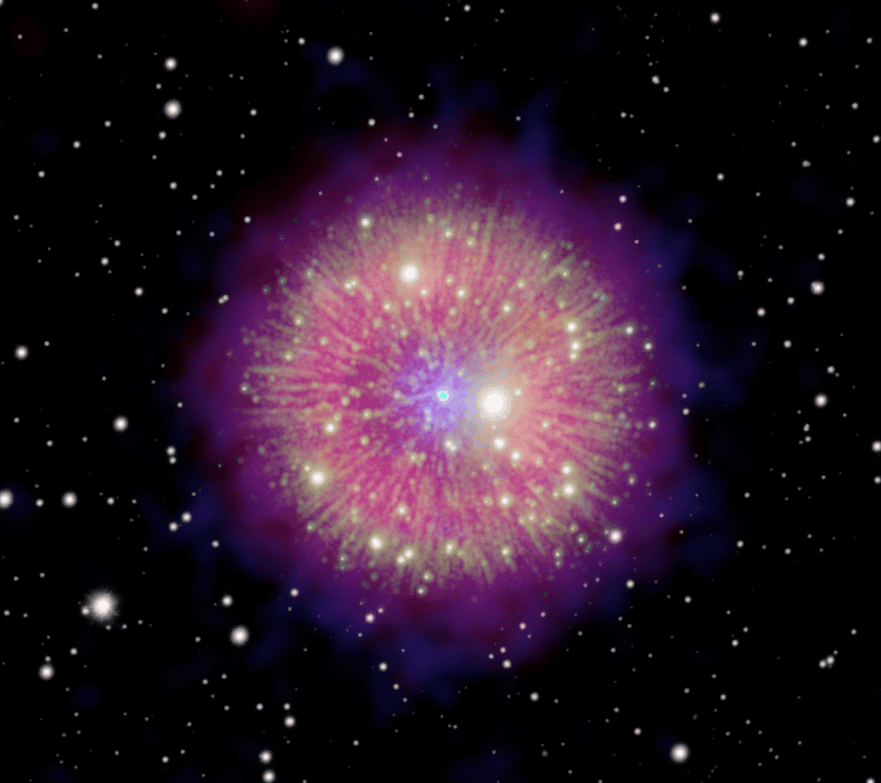A Supernova Star Lives as an Undead Cosmic Zombie

Posted by Brian Myers | Published
Astronomers studying the aftermath of a supernova explosion have discovered the first star, a celestial body that was supposed to be destroyed during the event but became what is known as a zombie star. A team from the Center for Astrophysics, the Smithsonian, and Harvard led an extensive study of the supernova officially known as SN 1181, creating a 3D video of the event that created the “immortal” star.
Tracking down the Zombie Star
In the year 1181 (the supernova's namesake), mankind was looking at the constellation Cassiopeia when a bright light penetrated the structure of the universe for six days. It is believed that at that time it was another star, it has been revealed that night sky watchers a thousand years ago saw the first recorded supernova, generations before the invention of the telescope.

The history of the zombie star was traced by novice astronomer Dana Patchick, who discovered that SN 1181 originated in the nebula Pa 30 within our galaxy. The remains of the star were the subject of a detailed study by a team led by Tim Cunningham, who was part of the amazing 3D simulation.
What is a Zombie Star?
The phenomenon of a zombie star has puzzled astronomers for decades. For those who may not have been around the day this was covered in physics class, a zombie star is a star that survives a Type 1ax supernova explosion, but does not break apart. Instead, this body remains like a star compared to a “zombie,” as it gives the appearance of coming back to life.
A zombie star is not the only orbiting body in the universe named after a supernatural being. A zombie star can evolve into a “vampire star” if it can drain energy from a nearby stellar neighbor, resulting in its own regeneration.
Zombie stars often occur in interplanetary star systems, or solar systems that contain two suns. The massive star will go supernova and cause the smaller of the two to shrink to black white. The resulting zombie star will eventually die, as all stars do, but in very rare cases, a zombie star may go through this process more than once.
Shooting Zombie Star
The SN 1181 event was investigated using large amounts of data from the Keck Cosmic Web Imager, a spectrograph 13,000 feet above sea level atop the Mauna Kea volcano at the WM Keck Observatory in Hawaii. Since the instrument can capture the spectrum of light “from every pixel it makes up,” the team behind the 3D video was able to create a model of SN 1181 that plays like a cosmic fireworks display.
The video of the zombie star confirmed to the team that the explosion of SN 1181 took place in the year named But the work is not finished. The 3D image has raised many questions that they wish to be answered, including why the shape of the supernova was different than they originally thought.
Noting that the supernova exploded its material unevenly, the team is currently investigating whether this is due to the gap around the zombie star.
Source: Space
Source link



